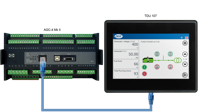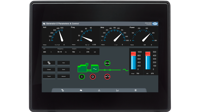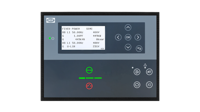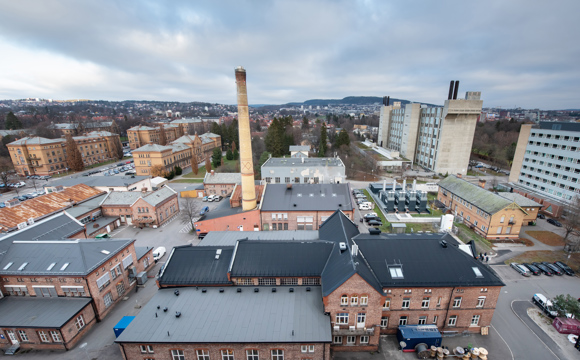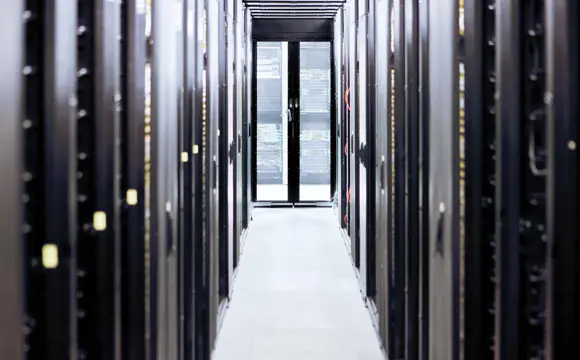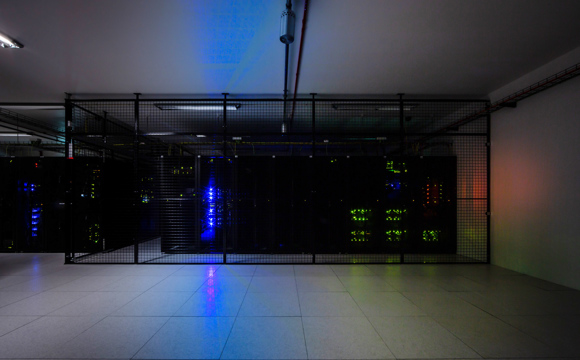Emergency power generation at salmon farm a matter of life or death
Bakkafrost relies on DEIF for critical power control about once a month. Hundreds of millions of dollars are at stake for the Faroe Islands salmon farm
The situation
About once a month, the mains power fails at the Bakkafrost salmon production facilities on Vidareidi at the northern tip of the Faroe Islands in the North Sea. The archipelago is not connected to continental Europe’s power lines, and a combination of weak interconnections among the islands, a mix of voltage sources and extreme weather cause regular blackouts on its unstable grid.
Emergency power is critical for any fish farm, but on the Faroes, it is part of the foundation for a successful, growing industry. Bakkafrost and other salmon producers on the Faroes turn out some of the world’s highest quality salmon, and global demand has been booming for this product since 2014. Bakkafrost has been expanding to meet that demand. But it must be able to deal with the regular blackouts.
“Our worst-case scenario is that we lose power. That’s our nightmare,” says Jógvan Hansen, Bakkafrost’s Technical Manager. “If we don’t have power in this plant for perhaps half an hour, then all the fish will die. That’s a catastrophe.”
The effects begin within minutes. When the lights go out, all the pumps and oxygen production stop as well. The fish dive to the bottom of their basins in a panic, using more oxygen and smothering each other. This causes more panic and more fast oxygen use, creating a vicious cycle, says Jógvan Hansen.
Bakkafrost’s short-term losses amount to more than USD 1.6 million – while long-term losses can amount to more than $16 million.
The solution
So, when Bakkafrost loses mains power, emergency gensets fitted with a control solution from DEIF brings it back.
“Now, if we lose power, it’s back in the plant within 23 seconds precisely, and everything is up and running,” says Jógvan Hansen. “I’m convinced we have a good and secure system – one that we can trust.”
The consultancy firm SMJ Engineering had contacted DEIF for help in selecting an emergency power solution at Bakkafrost. Because Bakkafrost wished to have dual-supply security (2N), DEIF made a complete switchboard design based on primary control from the AGC-4 Automatic Genset Controller, along with redundant 24V supply that achieves three security levels.
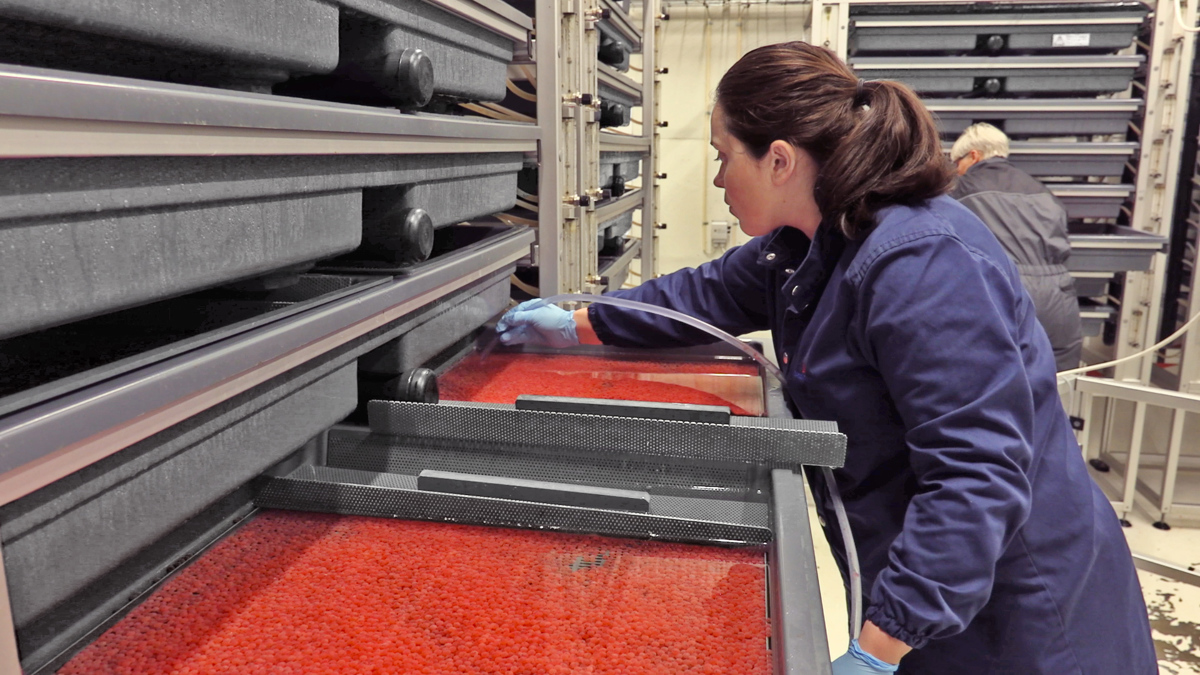
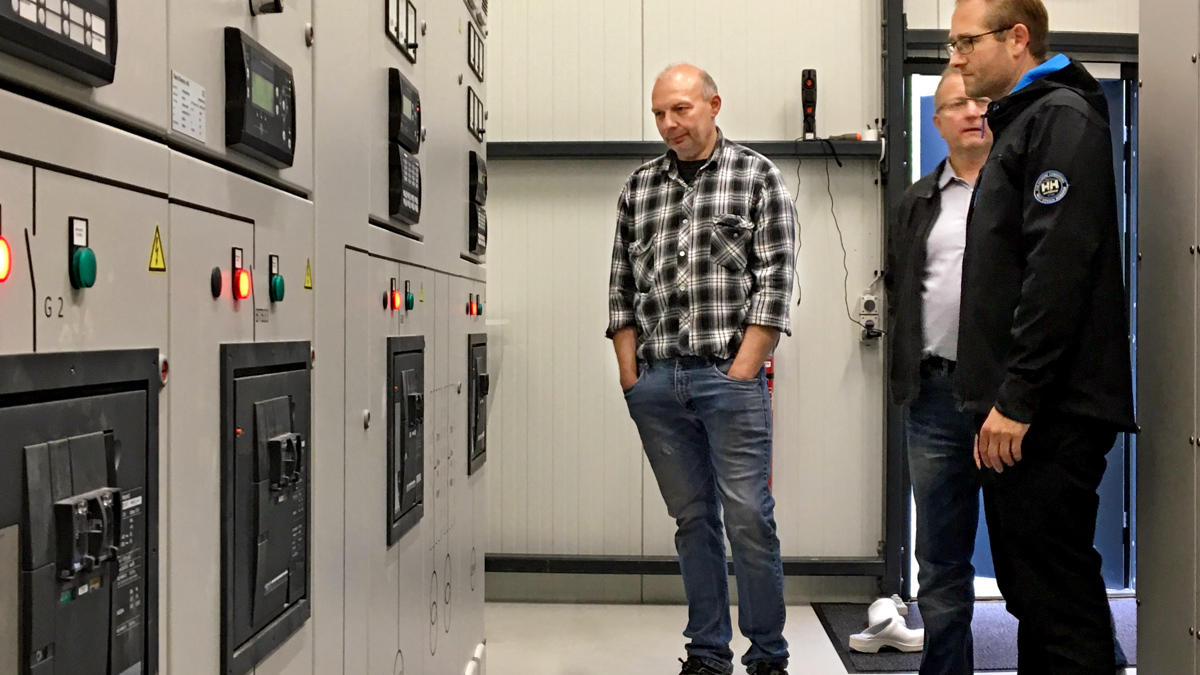
The outcome
Jógvan Hansen says other fish farms on the Faroes are currently expanding, due to the global demand for high-quality North Atlantic salmon. And he believes that the DEIF system that Bakkafrost uses will be the standard for emergency gensets in the future. “We’ll definitely see more systems like this,” he says.
“I’m very proud of our generators, for sure,” he adds. “People come from other places to see how our generator system works. That makes me proud. And some of the things are being copied. The exciting thing is that we got what we wished for. That’s what we have today.”
DEIF supplied:
DEIF supplied a full switchboard delivery consisting of four AGC mains, one AGC BTB and four AGC DG, as well as one AGI 400, in addition to commissioning and training.
Read more about DEIF’s Critical Power solutions.
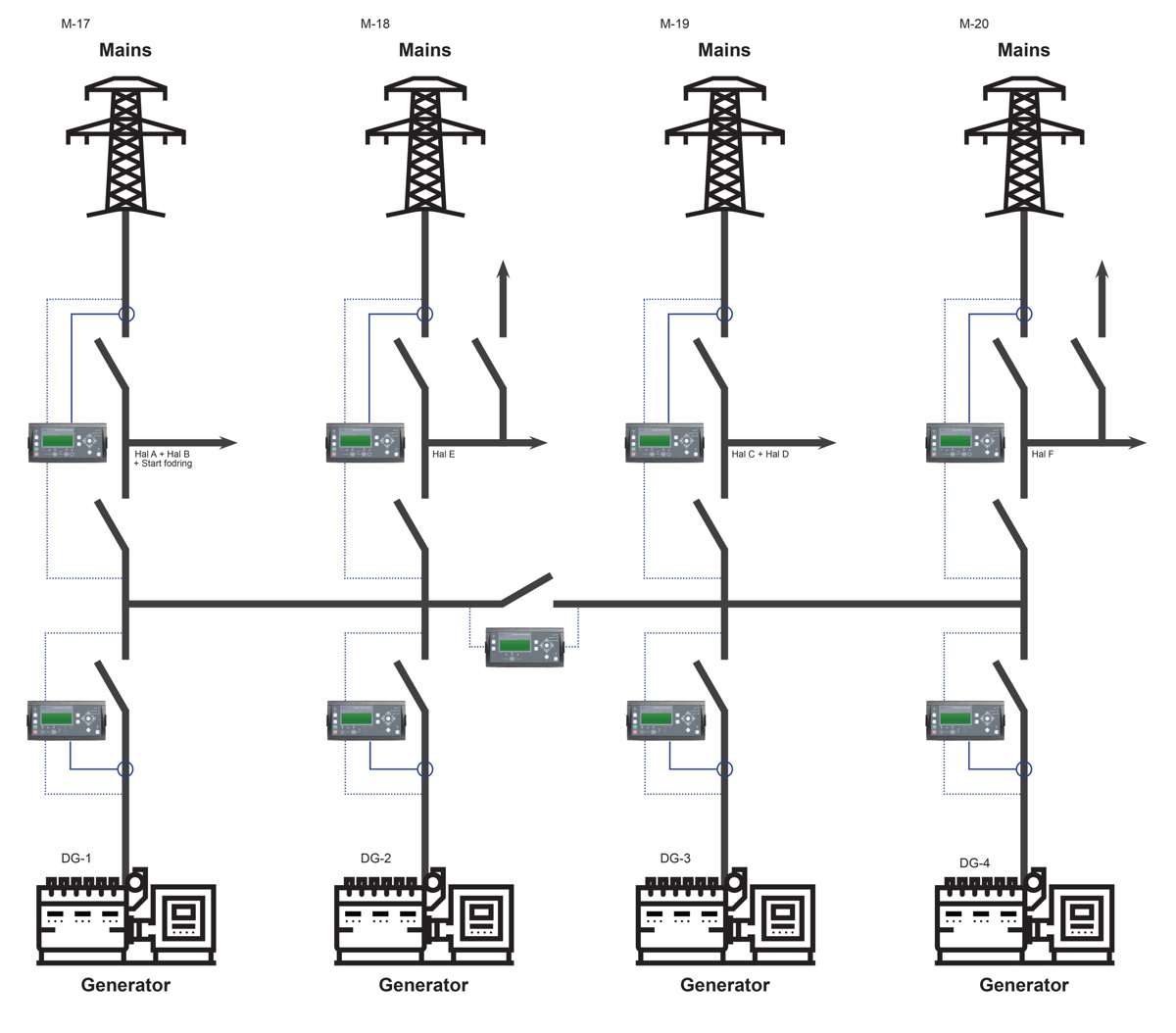
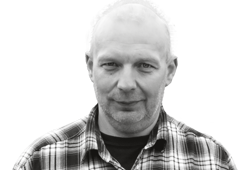
“If we lose power, it’s back in the plant within 23 seconds precisely. We have a good and secure system – one that we can trust.”
Jógvan Hansen
Technical Manager, Bakkafrost
About Bakkafrost
Bakkafrost is a leading producer of top-quality salmon from the Faroe Islands. Its facility on Vidareidi covers the first part of the salmon production chain. It develops eggs into smolts, then transfers them into sea pens for final development.
Demand for Faroe Islands salmon is high, so Bakkafrost has been expanding its production facilities to encompass more fish for a longer period of life. The company has started to increase the size of smolt in the basins from 130 g to 400 g. The weight increase means that once the salmon is living in the sea, it will be there for less than a year, compared to 1.5 years previously. One benefit of this is that larger smolt are more resistant to parasitic salmon lice –the biggest threat to salmon in open waters.
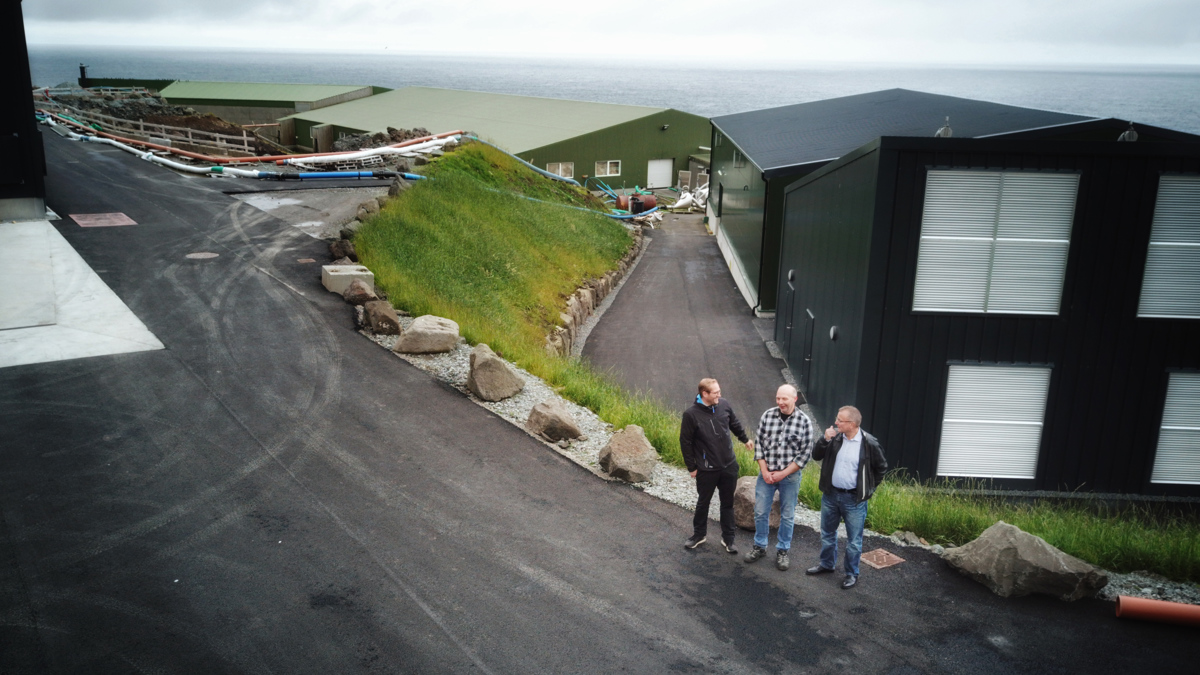
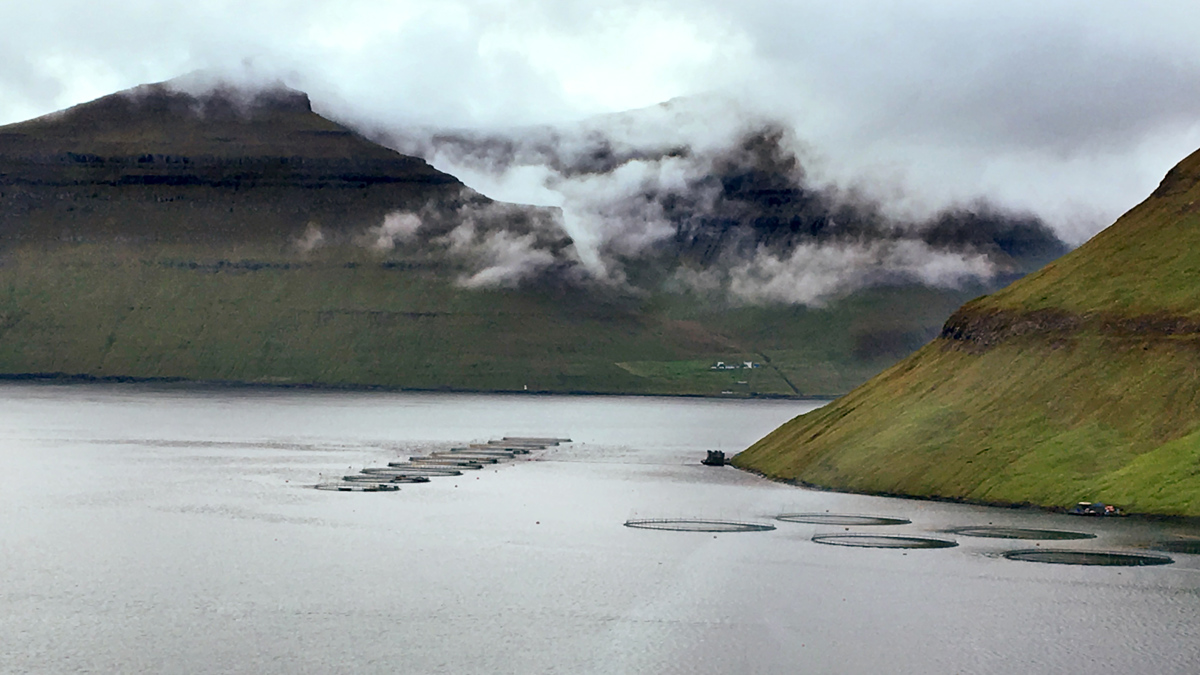
Read our fish farm guide
-
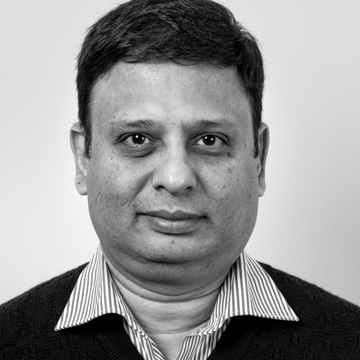
Contact us to discuss your options
- 90 years of energy pioneering
- Manufactured at the highest standards
- Superior quality
- Unmatched service and support
- Made in Denmark

